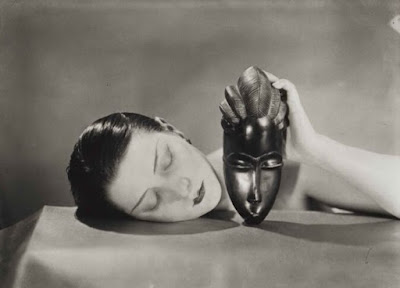Cindy Sherman is an American photographer and artist widely recognized for her groundbreaking work in contemporary photography. Born on January 19, 1954, in Glen Ridge, New Jersey, Sherman is known for her self-portraits that explore themes of identity, gender, and the representation of women in popular culture. Her photographs often challenge traditional notions of beauty and provoke questions about the role of images in shaping our perceptions.
Sherman first gained prominence in the late 1970s with her
series titled "Untitled Film Stills." In this series, she posed as
various female characters in staged scenes that resembled stills from imaginary
films. By assuming different roles and personas, Sherman examined the portrayal
of women in film, television, and advertising, and critiqued the stereotypes
and clichés associated with female identity.
Throughout her career, Sherman has continued to create self-portraits
that portray her in a range of guises and personas. She has experimented with
different styles, costumes, and makeup to transform herself into diverse
characters, including historical figures, fashion models, socialites, and
clowns. Her photographs often challenge the notion of a fixed identity,
exploring the ways in which gender, culture, and societal expectations shape
our understanding of ourselves and others.
Sherman's work raises important questions about the construction of images and the power dynamics inherent in representation. She often plays with the idea of the gaze, both as the subject looking back at the viewer and as the viewer's gaze upon the subject. Her photographs prompt viewers to critically examine the stereotypes, expectations, and assumptions embedded in visual culture.
Beyond her self-portraits, Sherman has also explored other
themes and techniques in her work. She has created series that examine fairy
tales, society women, fashion, and aging, among other subjects. Sherman's
photographs are known for their meticulous attention to detail, cinematic
quality, and ability to provoke thought and discussion.
Cindy Sherman's contributions to contemporary art have been
widely recognized and celebrated. She has received numerous awards and honors,
including the MacArthur Fellowship (also known as the "Genius Grant")
in 1995 and the Golden Lion for Lifetime Achievement at the Venice Biennale in
2019. Her work has been exhibited extensively in major museums and galleries
around the world, and she is considered one of the most influential and
innovative artists of her generation.
Through her thought-provoking and visually arresting
photographs, Cindy Sherman continues to challenge and expand our understanding
of identity, representation, and the power of images in contemporary culture.





